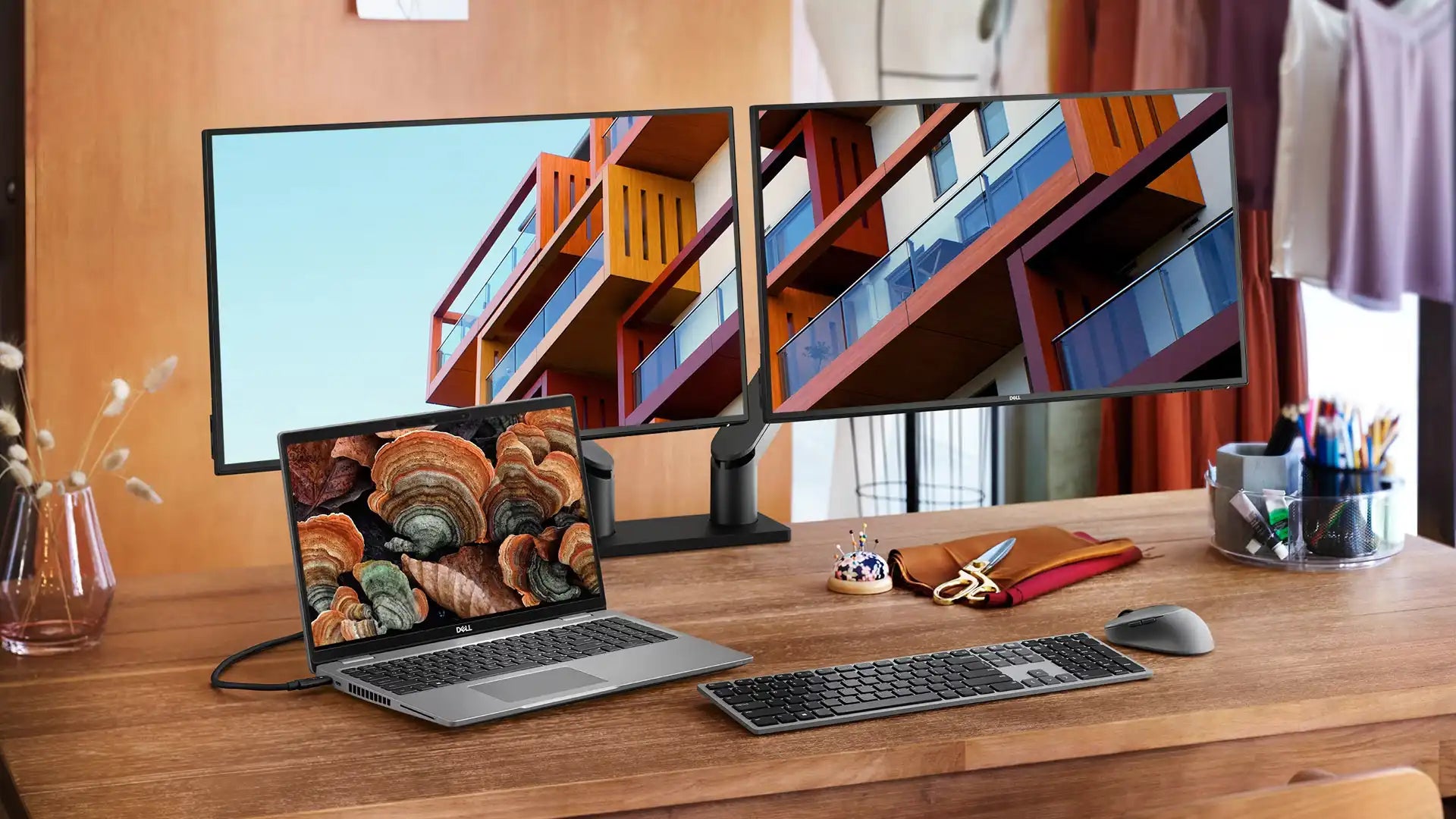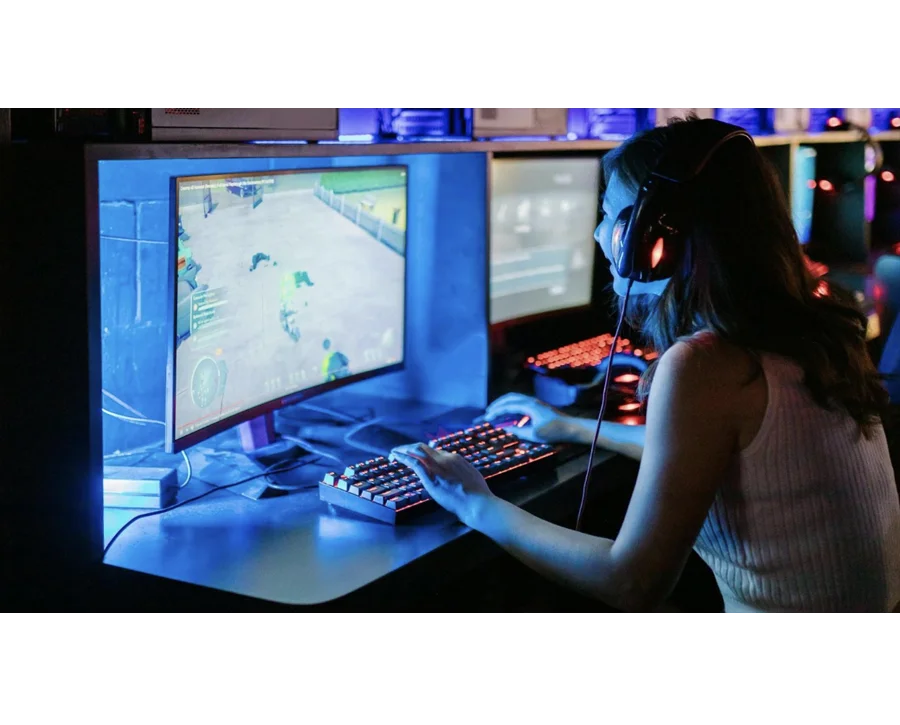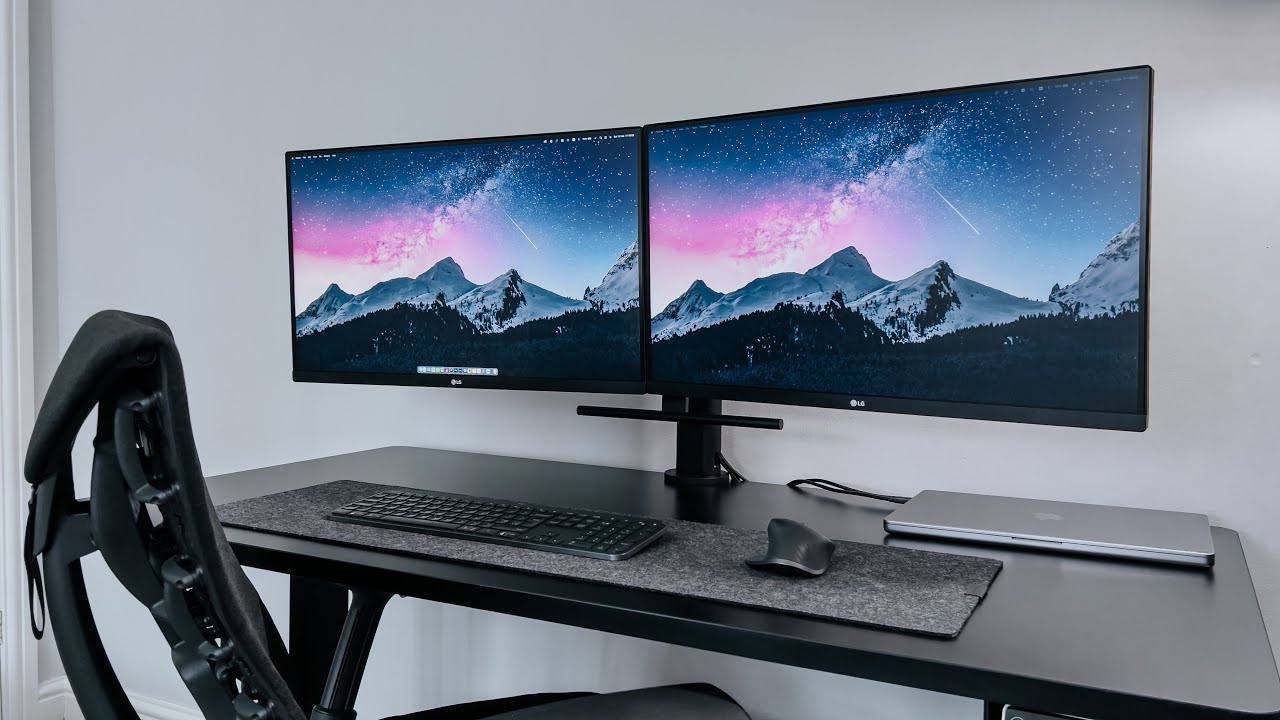When selecting an IPS display, prioritize 5 key factors: a high 100% sRGB color gamut for accurate colors, a fast 5ms or lower response time to minimize motion blur, a resolution of 1920x1080 (Full HD) or higher for sharpness, wide viewing angles up to 178 degrees, and connectivity options like HDMI for modern devices.
Check Color Gamut Coverage
The color gamut (range of colors a screen can reproduce) determines how realistic images look. Here’s what matters:
|
Gamut Standard |
Coverage Range |
Best For |
Typical Price Impact |
|---|---|---|---|
|
sRGB (100%) |
~72% NTSC |
Web, office work, casual use |
+$0 (baseline) |
|
DCI-P3 (90-95%) |
~85-95% NTSC |
Photo/video editing, HDR content |
+300 |
|
Adobe RGB (95-100%) |
~95% NTSC |
Professional design, print media |
+800 |
A 100% sRGB display covers 72% of NTSC, which is fine for everyday tasks. But if you edit photos or videos, 90% DCI-P3 (common in mid-range IPS panels) gives 15-20% more color depth than sRGB. For print designers, Adobe RGB (95%+) is critical—it matches CMYK printers better, reducing color mismatch by 5-10% compared to sRGB.
A monitor with HDR400 (minimum for decent HDR) needs at least 90% DCI-P3 to avoid washed-out colors. HDR600 and above (premium tier) typically hits 95%+ DCI-P3, with 10-bit color (1.07B shades vs. 16.7M on 8-bit) for smoother gradients.
Cheap IPS panels often claim "wide color" but only hit 85-90% sRGB—visibly duller than true 100% coverage. Test with a colorimeter (e.g., X-Rite i1Display Pro, $200) if accuracy matters. For gaming, DCI-P3 >95% + VESA DisplayHDR 600 improves vibrancy by 20-30% over standard sRGB.
TL;DR:
-
sRGB 100% = Good enough for most.
-
DCI-P3 90%+ = Worth it for HDR/media work.
-
Adobe RGB = Only for pros ($$$).
-
HDR400+ needs 90% DCI-P3 to avoid looking bad.
-
Test with hardware if color-critical.
Understand Response Time Speed
Here’s the reality:
-
A 5ms GtG panel is a solid baseline for general use and casual gaming. You might notice slight blur in fast-paced games, but it's often imperceptible for office work.
-
For serious gaming or fast-motion video, aim for a panel with a 3ms or loweractual average response time. This significantly reduces trailing behind objects.
-
The key technology to look for is variable overdrive, which dynamically adjusts the pixel transition speed to match the monitor's refresh rate. This is crucial for smooth performance with NVIDIA G-SYNC or AMD FreeSync enabled. Without it, you can get inverse ghosting (coronasing) at lower frame rates.
The sweet spot is a setting that delivers a ~4ms average response with minimal overshoot error (less than 5%). For example, a good 144Hz IPS monitor will have a recommended OD setting that keeps the response time around 3-4ms, ensuring a clean image.
Refresh rate is its partner. A fast 1ms response time is wasted on a 60Hz panel (a new frame every 16.7ms). For high motion clarity, pair a low response time with a high refresh rate (120Hz, 144Hz, or 240Hz). A 144Hz display refreshes every 6.94ms, so a pixel response of <5ms is needed to keep up and avoid smearing.

Select Your Resolution Needs
It's measured in pixels (width x height), and the most common options for IPS displays are 1920x1080 (Full HD), 2560x1440 (QHD/WQHD), and 3840x2160 (4K/UHD). Choosing the right one depends on your screen size, viewing distance, and how you'll use it.
For a 24-inch monitor, 1080p (1920x1080) is still perfectly usable, offering 92 PPI (pixels per inch). Text is sharp enough for general office work, and it’s the most budget-friendly option, often costing 150. However, at this size, QHD (2560x1440) at 144 PPI looks noticeably crisper, especially when reading small text or working with detailed images.
If you step up to a 27-inch display, QHD becomes the sweet spot. At 108 PPI, it strikes a balance between sharpness and performance. Most professionals (designers, coders, etc.) prefer this resolution because it provides more screen real estate than 1080p (77% more pixels) without requiring a high-end graphics card. 4K on a 27-inch screen (163 PPI) is extremely sharp but can make text too small without scaling (Windows usually defaults to 150-200% UI scaling), which can sometimes cause blurry elements in non-DPI-aware apps.
For 32-inch or larger screens, 4K (3840x2160) is ideal because the pixel density (138 PPI on 32-inch) is high enough to avoid visible pixels while allowing massive workspace flexibility. However, driving 4K at high refresh rates (like 144Hz) requires a very powerful GPU (e.g., NVIDIA RTX 4080 or AMD RX 7900 XT), which can cost
Gaming considerations:
-
1080p 144Hz is still the most cost-effective for competitive gaming (e.g., FPS, MOBAs) because it’s easier to run at high frame rates.
-
QHD 144-165Hz is the best middle ground for balanced performance and visuals.
-
4K gaming is only worth it if you have a high-end GPU and prioritize visuals over frame rate.
Bottom line:
-
1080p = Best for budget, small screens, or casual use.
-
QHD = Best overall choice for most users (24-27-inch).
-
4K = Best for large screens (32-inch+) or productivity-heavy workflows.
Confirm Viewing Angle Performance
The standard viewing angle rating for IPS panels is 178 degrees horizontal and vertical, which means the image remains accurate within a very wide range. In real-world testing, most high-quality IPS monitors maintain <5% brightness drop and <3 Delta E (color deviation) at 45-degree angles, while TN panels often show >15 Delta E and 30% brightness loss at the same angle.
|
Panel Type |
Typical Viewing Angles |
Brightness Drop at 45° |
Color Shift (Delta E) at 45° |
Best Use Case |
|---|---|---|---|---|
|
IPS |
178°/178° |
<5% |
<3 |
Design, sharing, general use |
|
VA |
178°/178° (but worse contrast shift) |
<10% |
5-8 |
Gaming (deep blacks) |
|
TN |
160°/170° |
>30% |
>15 |
Budget gaming (fast response) |
For example, in a meeting room setup with a 32-inch 4K IPS monitor, multiple people can view charts and videos without color distortion, even if they’re sitting at a 30-45 degree angle.
If you often adjust your chair or work from different positions, an IPS panel ensures consistent image quality across a 90-degree field of view.
IPS panels with true 178-degree viewing angles are now standard in mid-range monitors (120) may have slightly reduced viewing angles (e.g., 170°/170°), leading to minor degradation at extreme angles.
Bottom line: IPS with 178°/178° specs is the reliable choice.
Review Connectivity and Ports
First, DisplayPort 1.4 is the gold standard for high-performance IPS monitors. It supports up to 8K at 60Hz or 4K at 144Hz with HDR, which is critical if you're gaming or doing creative work at high resolutions. HDMI 2.1 is also essential for next-gen consoles (PS5, Xbox Series X) and GPUs (NVIDIA RTX 40-series, AMD RX 7000), as it enables 4K at 120Hz with full bandwidth. Many budget monitors still only offer HDMI 2.0, which caps at 4K 60Hz, limiting smoothness in fast-paced games.
A USB-C with Power Delivery (PD) port can charge your device (up to 65W or 90W) while transmitting video, reducing cable clutter. For example, Apple MacBook users benefit greatly from a monitor with USB-C DP Alt Mode, which handles 4K 60Hz + power delivery in a single cable. Without it, you might need a separate dongle, adding 50 to your setup cost.
Some mid-range IPS monitors include three or four ports (e.g., 1x HDMI 2.1, 1x DisplayPort 1.4, 2x HDMI 2.0), which is ideal for home offices or entertainment hubs.
However, check if they’re USB 3.0 (5Gbps) or just USB 2.0 (480Mbps)—the slower version bottlenecks fast external drives.
Monitors with DisplayPort 1.4 + HDMI 2.1 + USB-C PD typically cost $200-400 more than basic models with just HDMI 2.0. But if you need future-proofing or multi-device flexibility, it’s worth the investment.
Key takeaways:
-
For gaming/4K 120Hz+ → DisplayPort 1.4 or HDMI 2.1 is mandatory.
-
For laptops/mobile → USB-C with PD saves cables and powers your device.
-
Multiple inputs → Avoid constant unplugging between devices.
-
USB hubs → Check for USB 3.0 speed if transferring files frequently.
Weiterlesen

When choosing between a VA (Vertical Alignment) and IPS (In-Plane Switching) panel, consider your priorities: VA panels offer better contrast ratios (typically 3000:1 vs IPS's 1000:1), making black...

An IPS (In-Plane Switching) display is a type of LCD panel known for its wide viewing angles (up to 178°) and vivid color accuracy (16.7 million colors), making it ideal for design and media. Unlik...



Hinterlasse einen Kommentar
Diese Website ist durch hCaptcha geschützt und es gelten die allgemeinen Geschäftsbedingungen und Datenschutzbestimmungen von hCaptcha.